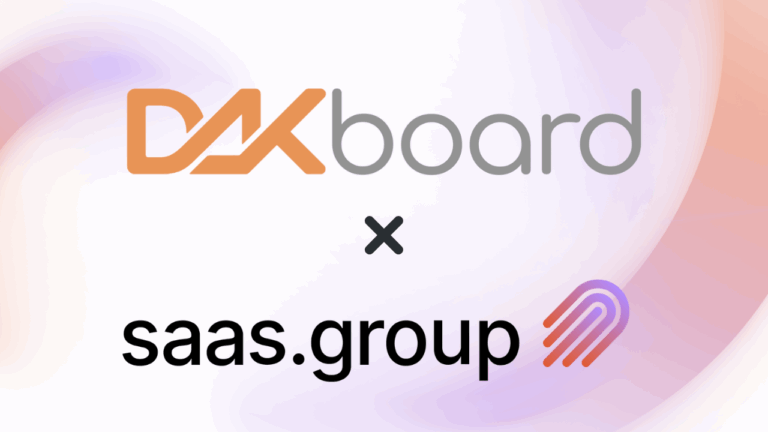“I’ve got a brilliant idea! It’s one of a kind, and when I launch it, it’s going to be so perfect, people will immediately see it and leave whatever it is they were using before!”
How many times have you heard something like this from a founder? Way too many for me. The desire to build the “perfect” product with every feature in the world consumes a lot of first-time founders (and sometimes even serial entrepreneurs 😯). And at first, it seems like it’s a fair one. Especially now, when people have moved on from accepting a scrappy MVP and want a solution that works immediately.
But just because it doesn’t look that bad on paper, doesn’t mean you should go for it. Before you start jumping to conclusions, let’s talk about something that can make or break your SaaS journey: early user feedback.
Here is why early-user feedback is not just a nice-to-have; it’s a game-changer.
Why early user feedback matters
1. Refining the Rough Edges:
You’ve spent hours, days, or maybe even months (why would you, though?) looking at this thing you’re building. It looks like a masterpiece for you. But the thing is, you’ve been looking at it too much and too closely, and your mind is not able to spot the little bugs and glitches anymore.
And giving an objective look is easier said than done for a founder. Your best bet – give it to somebody else. Find the early users to spend their time (Not money. Yet.) to take a look at it, see if something is not working for them, some things are left unused completely, and help you refine your product before you officially press the launch button.
2. Meeting Real Needs:
You might think you know your target audience inside and out, but real users always bring new perspectives. Their feedback can guide you toward the features and functionalities that matter most to them, ensuring your product meets their actual needs.
There’s rarely a product that goes to market exactly as it was intended. It may be a difficult thing to comprehend at first, but pivoting is almost inevitable. And the earlier you meet the people who actually use your product and learn what they use it for, the faster you’ll pivot, and be able to sell it.
3. Boosting Engagement:
Engaged users are the foundation of a successful SaaS product. Giving people a sense of ownership and responsibility for the way the product is going to look, feel, and work at the end is a very strong motivation. Obviously, you need to come up with some other incentives for them along the way, but it’ll pay off many times over in the long run.
You may not have a product manager or a user experience person on your team at the beginning, but having these guys openly share the way they use your product may be a great substitution at the early stage! Don’t walk away from this opportunity to have “an extended team” of motivated people in your court.
4. Avoiding Costly Mistakes:
You don’t want to just build something for the sake of it, right? You want it to sell and, preferably, sell successfully. Imagine launching a feature or even an entire product (!!) you thought was groundbreaking, only to find out users don’t actually care about it.
Your time is valuable, don’t waste it on building in the dark. Validate the idea as early as possible with the people you think should use it. Early user feedback can save you from wasting time and resources on something that won’t make an impact.
How to get early user feedback
1. Beta testing:
Invite a select group of users to test your product before the official launch. This hands-on approach helps you catch bugs, gather insights, and make improvements based on real-world usage.
It can be a bit confusing as to where to find these people. Try discord communities, social media, and even your friends, if it comes down to it. But get people to try the product no matter what.
2. Surveys and Questionnaires:
It’s important to give people a product to try. It’s even more important to know exactly what to ask them once they do. Spend some time crafting targeted, detailed surveys on specific aspects of your product.
There’s no shortage of tools to use for that task. Try SurveyMonkey or Google Forms to get started, and go from there.
3. User Interviews:
Schedule one-on-one interviews with early users to dive deep into their experiences. It’ll probably take some time to get people talking because nobody likes to criticize. Your goal is to find somebody who will offer you their honest, unbiased opinion.
This personal touch can uncover valuable feedback and help you understand user pain points better.
4. Social Media and Forums:
Engage with potential users on social media. Scratch that. ACTIVELY engage with potential users on social media. Look for people talking about their struggles with tools you assume are a competition, go to groups where your target audience lives, and be ready to listen.
These are not places to sell; these are places to learn, to see why potentially your product wouldn’t work, and what exactly your target audience is unhappy with with their current solution.
5. Early Access Programs:
Build with your customers. Gather a few early adopters to get a sneak peek at your product. They’ll appreciate the exclusivity and be motivated to give you honest feedback. These people may as well become evangelists of your solution, and you can’t underestimate the importance of having a few real fans!
Conclusion
No piece of feedback is too small or insignificant. Even tiny suggestions can lead to big improvements. There is no way to avoid criticism and rejection, but they are also your way to improvement and growth.
Before you launch your SaaS, make sure you’ve got a solid early user feedback strategy in place. Your users will appreciate being part of your journey, and your product will benefit from their insights. It’s a win-win situation that paves the way for success.
Table of Contents
Weekly newsletter
No spam. Just the latest news and articles from the world of SaaS and Acquisitions.




